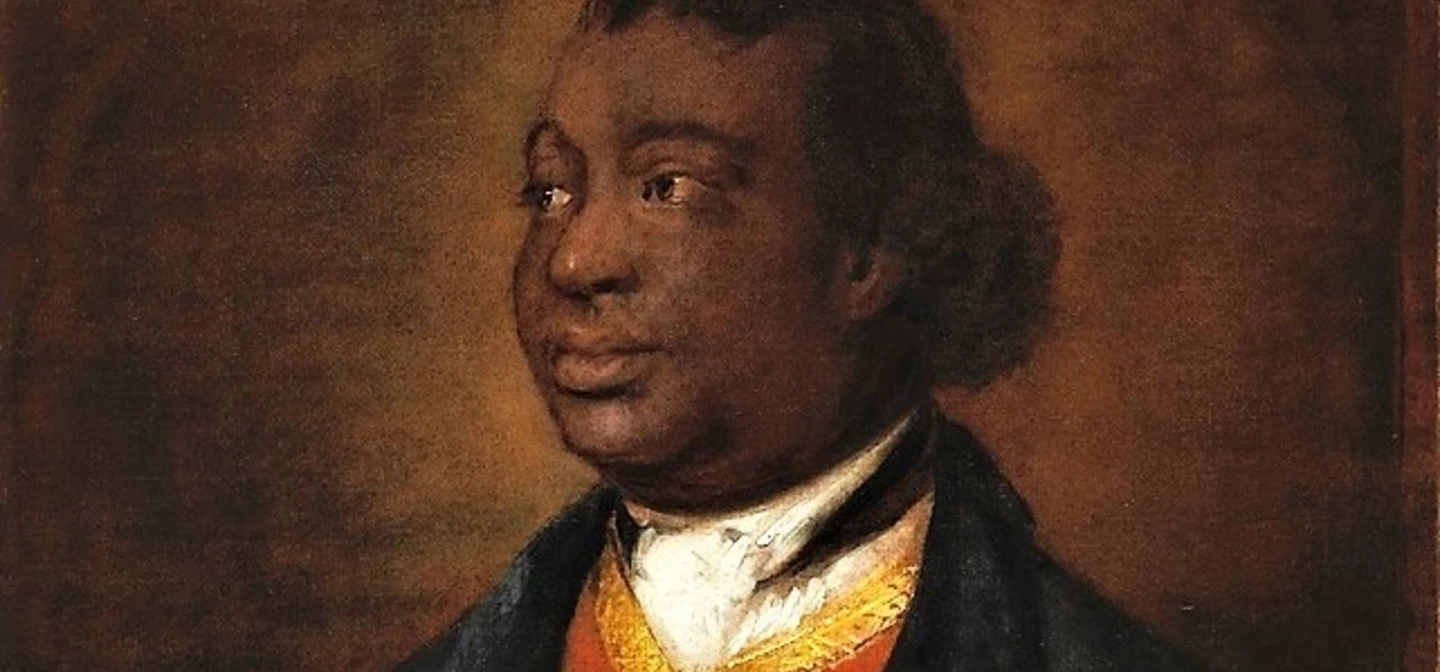
Remembering Ignatius Sancho
In a quiet corner of Greenwich Park is a plaque commemorating Ignatius Sancho (1729 – 1780) – a remarkable writer, composer and abolitionist who once lived in a grand house on the edge of the park. He later became the first black person to vote in Britain, as well as the first to have his letters published. This is Sancho’s story…
A tragic start
Ignatius Sancho was born on a slave ship in the middle of the Atlantic Ocean. His parents were enslaved Africans being transported to America where they were to be sold. Sancho’s parents both died when he was a baby. His mother succumbed to disease and his father is said to have taken his own life as he felt that this was preferable to enslavement.
When he was two years old, the orphaned Sancho was taken to London by his owner, where he was presented as a gift to three sisters who lived in Greenwich. His time living with these women was not a happy one – Sancho later said: ‘The first part of my life was rather unlucky, as I was placed in a family who judged ignorance the best and only security for obedience.’
The Duke
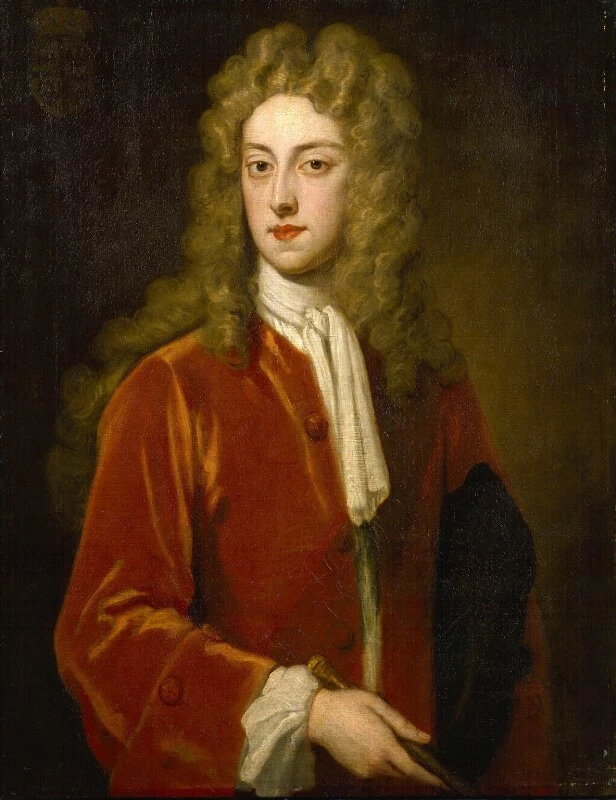
Before long, the curious young Sancho became acquainted with a friendly neighbour – the forward-thinking Duke of Montagu (1690 – 1749), who lived close to the three sisters in Blackheath.
The Duke was impressed with Sancho’s intelligence and taught him to read, lending the boy books from his own personal library. Later on, Sancho ran away from his unhappy home to live and work at the Duke’s residence – Montagu House, on the edge of Greenwich Park.
Following the Duke’s death, Sancho was butler to his widow and – later – valet to his son-in-law. These were prestigious positions in a noble household.
The cultural education Sancho received at Montagu House led him to become a respected composer, actor and ‘man of letters’ – someone known for his writing skill, at a time when literacy was not common.
Sancho’s eloquence, charisma and fierce patriotism for his adopted country gained him a circle of noble and literary friends, including the famous actor David Garrick. His portrait was even painted by the leading society artist, Thomas Gainsborough.
Abolition
Sancho also became an influential figure in the abolitionist movement, which sought to outlaw the barbaric practice of slavery. He was able to speak about the horrors of the slave trade from experience – and when he spoke, people listened.
"Consider slavery – what it is – how bitter a draught – and how many millions are made to drink it!"
Ignatius Sancho, in a letter of 1766
In 1766, Sancho wrote to the famous novelist Laurence Sterne, encouraging him to speak out against slavery. The powerful letter that Sterne wrote in response later became one of the most well-known pieces of writing to support abolition.
"It casts a sad Shade upon the World, That so great a part of it, are and have been so long bound in chains of darkness & in Chains of Misery"
Laurence Sterne, from his famous letter to Ignatius Sancho, 27th July 1766
Milestone moments
Sancho had a large family of his own. In 1758 he married a woman called Anne Osborne, and the pair went on to have eight children – he called them the ‘Sanchonettas’. Sadly, several of his children died at an early age.
In 1774, with the support of the Montagu family, Sancho opened a grocery shop near to the Houses of Parliament in Westminster. This was near to some of the central Royal Parks, which Sancho was familiar with. He sometimes mentioned them in his letters.
Sancho also witnessed historic events in the Royal Parks. In 1780, when legislation was passed to allow Catholics greater freedom, London descended into a wave of violent protest known as the Gordon Riots. Sancho witnessed the Royal Parks filling with troops, who had come to the capital to quell the violence:
"The camp in St. James’s Park is daily increasing – that and Hyde Park will be continued all summer. – The K[ing] [George III] is much among them – walking the lines – and examining the posts – he looks exceedingly grave. Crowns, alas! have more thorns than roses."
From a letter Ignatius Sancho wrote to his friend John Spink, 13th June 1780
As a financially independent male, Sancho qualified to vote in the 1774 and 1780 parliamentary elections. This made him the first person of African descent to vote in Britain – a key milestone in British history.
Sancho died on 14 December 1780, from complications associated with gout. He was the first black Briton to have his obituary published in a newspaper. Sancho was buried at St. Margaret’s in Westminster, but – like many others – the grave has been lost over time.
After his death, Sancho’s letters were published as a book - with this, he became the first writer of African descent to have his letters published. The volume was edited by Sancho’s friend, Frances Crewe. In her introduction to the letters, Crewe said she wanted the book ‘to show that an untutored African may possess abilities equal to an European’. The letters offer a lively glimpse into London life in the 1700s. An immediate hit, Sancho’s letters were republished four times before the end of the century with the proceeds going to his widow.
Coming soon!
The project Greenwich Park Revealed is delving into the history of the park, discovering new stories to celebrate and share with visitors. His story will soon feature on new information boards, an audio guide and a self-led walking route. These will all be made available in 2024 – so watch this space!
We are also delighted that a new portrait of Sancho will soon be added to his commemorative plaque in the park, helping to celebrate the life and work of this extraordinary man.
The story of Ignatius Sancho’s life is remarkable for many reasons – not least because he prospered in the midst of a profoundly prejudiced society. No history of modern Britain can be complete without his story.
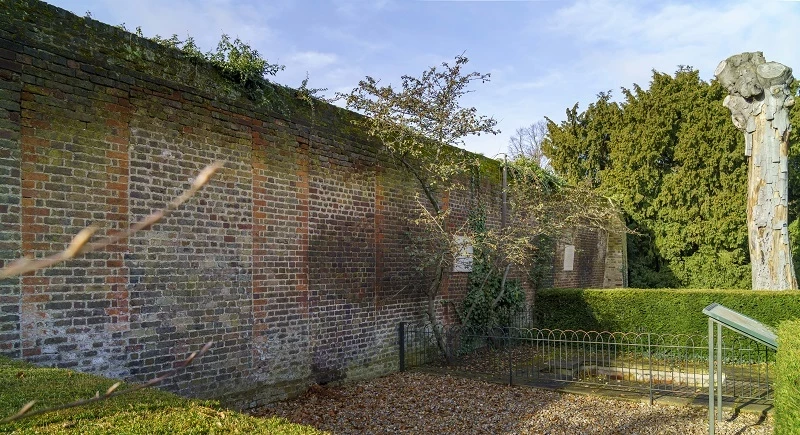
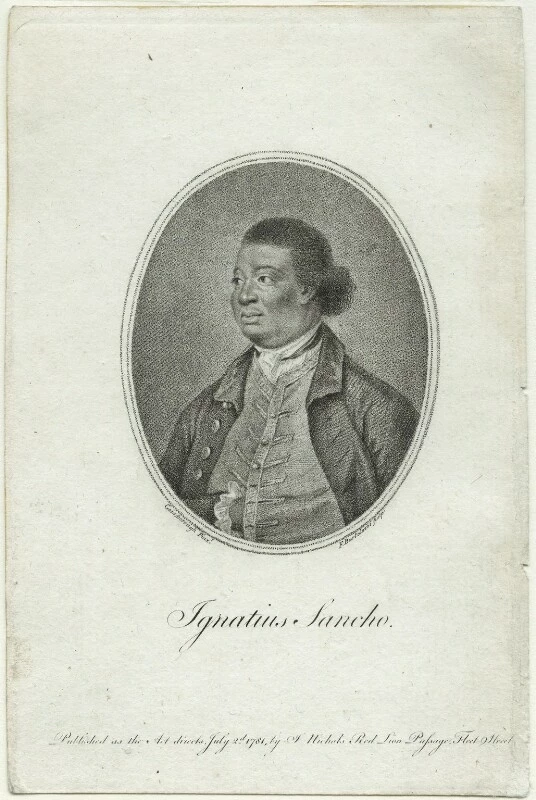
Related Articles
-
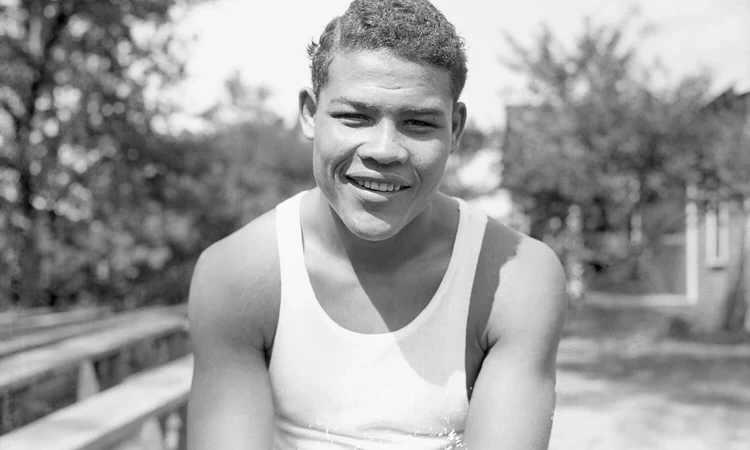 Read
ReadJoe Louis at Bushy Park
Joe Louis is remembered as one of the first black sportsmen to transcend the colour barrier, and in WW2 he made a special appearance at Bushy Park.
-
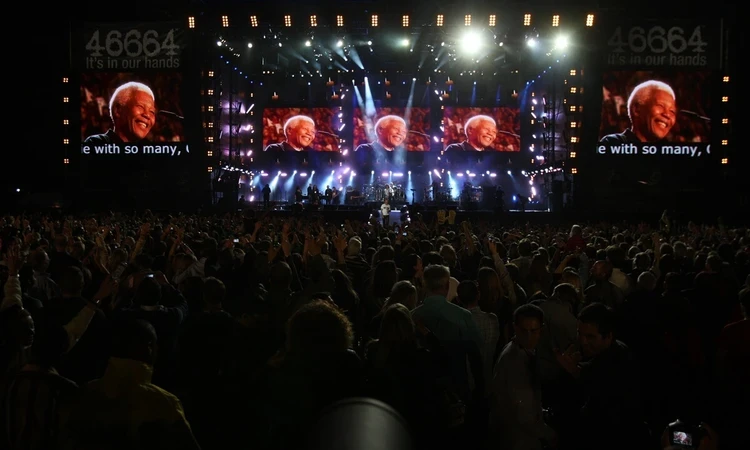 Read
ReadNelson Mandela's special connection to the Royal Parks
Nelson Mandela, anti-apartheid leader and South Africa’s first democratically elected President, had a very special connection with the Royal Parks.
-
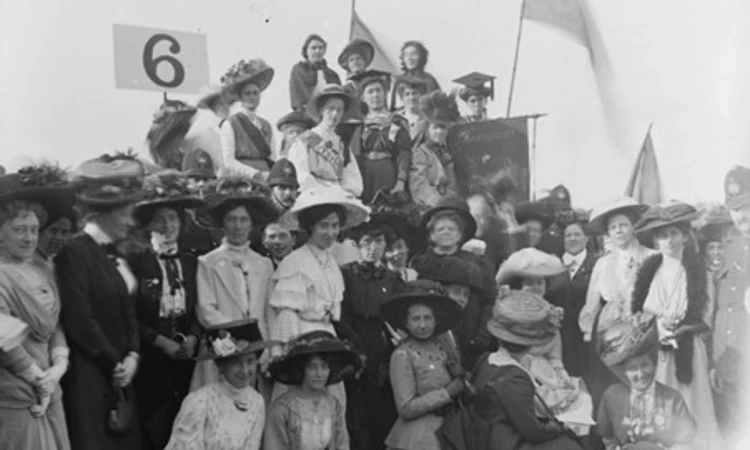 Read
ReadThe suffragettes in Hyde Park
The suffragettes in Hyde Park on Women’s Sunday